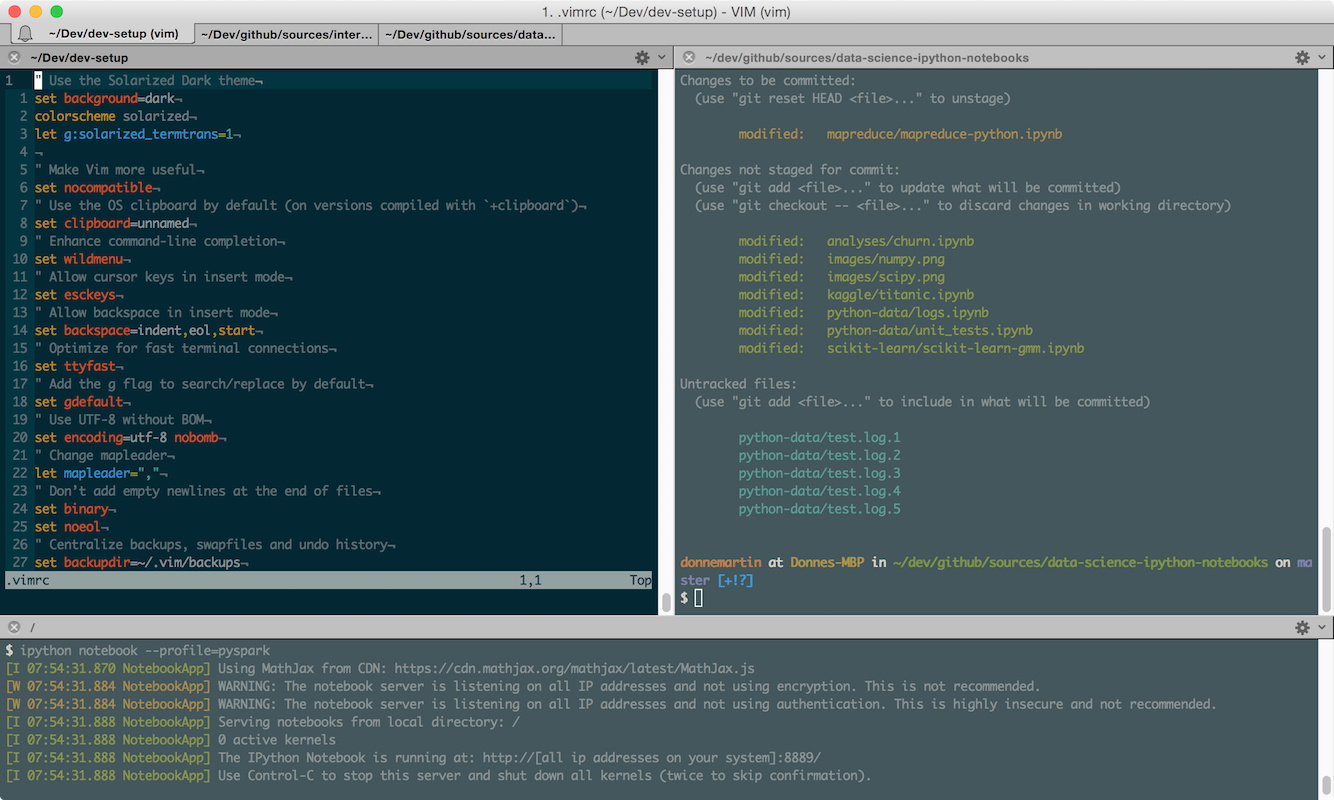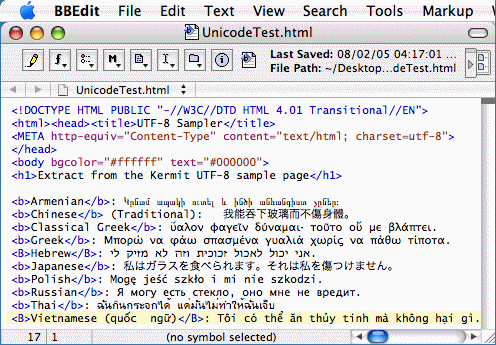
- #Scripting tool for mac os x how to
- #Scripting tool for mac os x mac osx
- #Scripting tool for mac os x full
Your example script works only if you call it as. You do need to be careful about path/current directory in your scripts. Then again, bash is probably your default command interpreter anyway, and it also doesn't look like you've used any bash-specific commands. I believe you'll need to make that the very first line of your script file, otherwise the command interpreter will just interpret (ignore) it as a comment. The `#!/bin/bash` is commonly referred to as the sha-bang (or she-bang or sh-bang), which is derived from sharp (#) and bang (!). That means "give the User Execute access". If you want to set a file so that it's only executable for you, instead of remembering numbers and bitmasks you can say "chmod u+x whatever". The "chmod" utility makes this easy, too.
#Scripting tool for mac os x full
If you're paranoid you could go with 700, so that you have full control but no one else can do absolutely anything with it. Generally, for shell scripts you probably want to go with 744: you have full control, but others only have read access. That's a bitmask, where each letter is a one and each dash is a zero. In other words, anyone can do anything they want with the file, including change it!Īlso, this is why permissions print out the way they do when you do a directory listing: rwxrwxrwx. So what does 777 mean? Each 7 in binary is 111, which means a combination of Read, Write, and Execute, for all 3 permissions. From left (most significant) to right (least significant) you have r, w, x, or Read, Write, Execute. The third is what everyone else is allowed to do.Įach number is a very simple 3-bit mask. The second number is the group permission, as each file is marked not just with who owns it, but which group owns it. The first number is the owner permission, what you are allowed to do. Permissions are easy: you have 3 numbers and each corresponds to a permission. As such, I had to change the permissions on it to include Execute: Then, once in the "js" directory, I use my installed Node.js runtime to invoke the "r.js" compiler along with the given build file.īy default, the text file I created - "build" - is not executable. Since we are in the root of the project, the second command tells the execution to move to the "js" directory where our JavaScript build file is.

In this case, I am telling it to use the Bash bin however, I believe that this line is optional (in this case specifically) since Bash is the default context (maybe) for the terminal. The first command line of the file is the "hash bang." This tells the command-line environment which context to use when executing the code.

# Invoke the R.js optimizer using the build file. # be in order for the "paths" in the build file to make sense. # Move execution to the JS directory as this is where we need to # case since BASH is the default environment. I **believe** this line is optional in our # context to use when executing the following file.

# Use the "hash-bang" to tell the command-line environment which Rather than executing Node.js from within the "js" directory, I wrote the following "executable" script in the project root:
#Scripting tool for mac os x how to
Rather than remembering how to run this compiler, however, I wanted to see if I could use a Bash script to simplify the execution. I ran the r.js compiler from the command line, providing it with the proper execution directory and a path to the build file. As part of the exercise, I used the RequireJS compiler - r.js - to concatenate and minify all of the JavaScript dependencies.
#Scripting tool for mac os x mac osx
And in the Mac OSX / *NIX world, I think this is referred to as "Bash Scripting." Whatever it is, it seems really cool and I want to learn how to take advantage of it.Ī couple of weeks ago, I wrote a small but non-trivial drag-n-drop JavaScript application in an effort to learn more about RequireJS, modular JavaScript application development, and MVC (Model-View-Controller) programming. I think this is what a BAT file does on Windows. What was so interesting to me about this, however, was that the file was invoked like a standard executable file. I can't remember where I saw this, but recently, I saw a fellow programmer execute a set of command-line scripts from a file. And, as far as getting around on the command-line, I'm even more of a novice. I'm relatively new to the Mac OSX operating system.


 0 kommentar(er)
0 kommentar(er)
